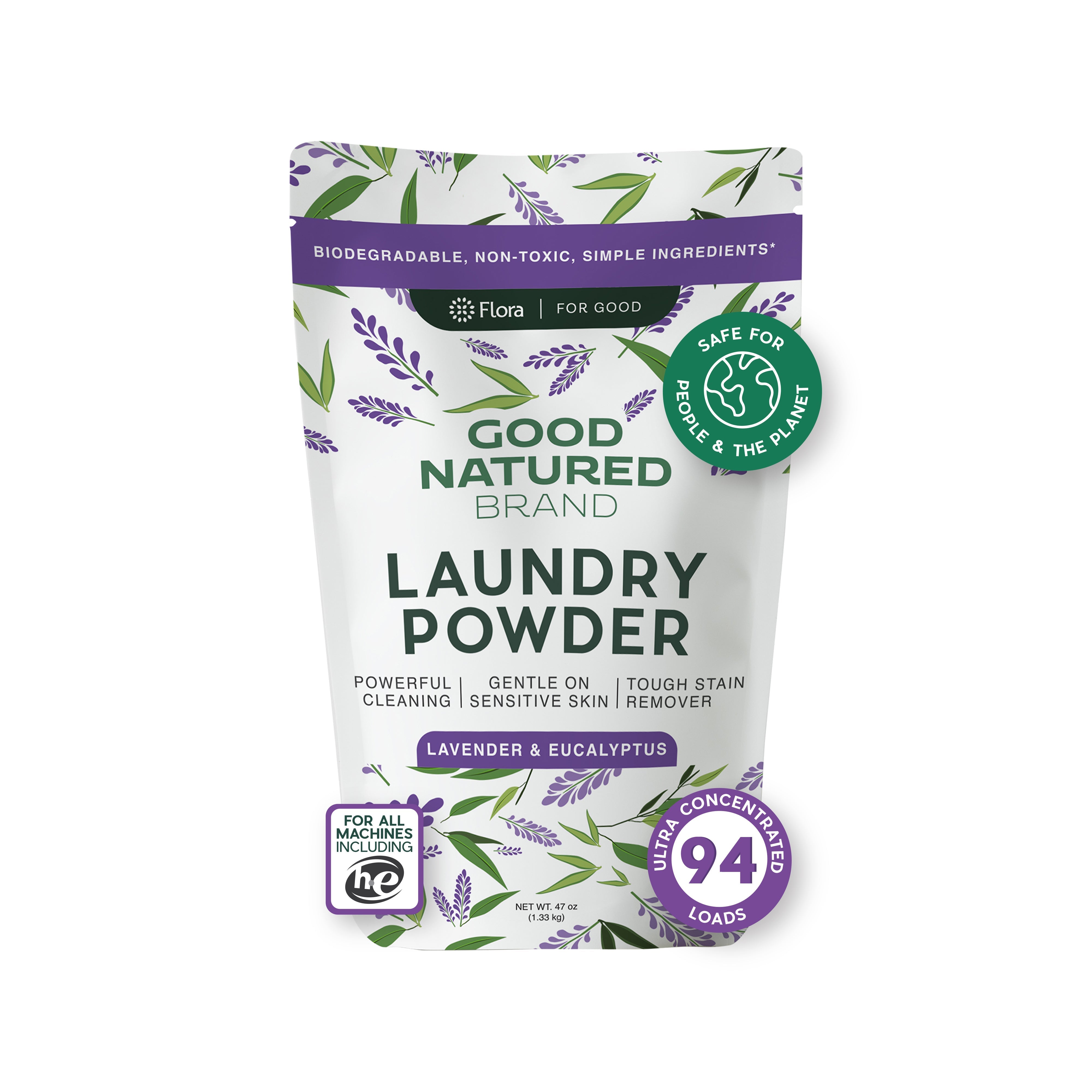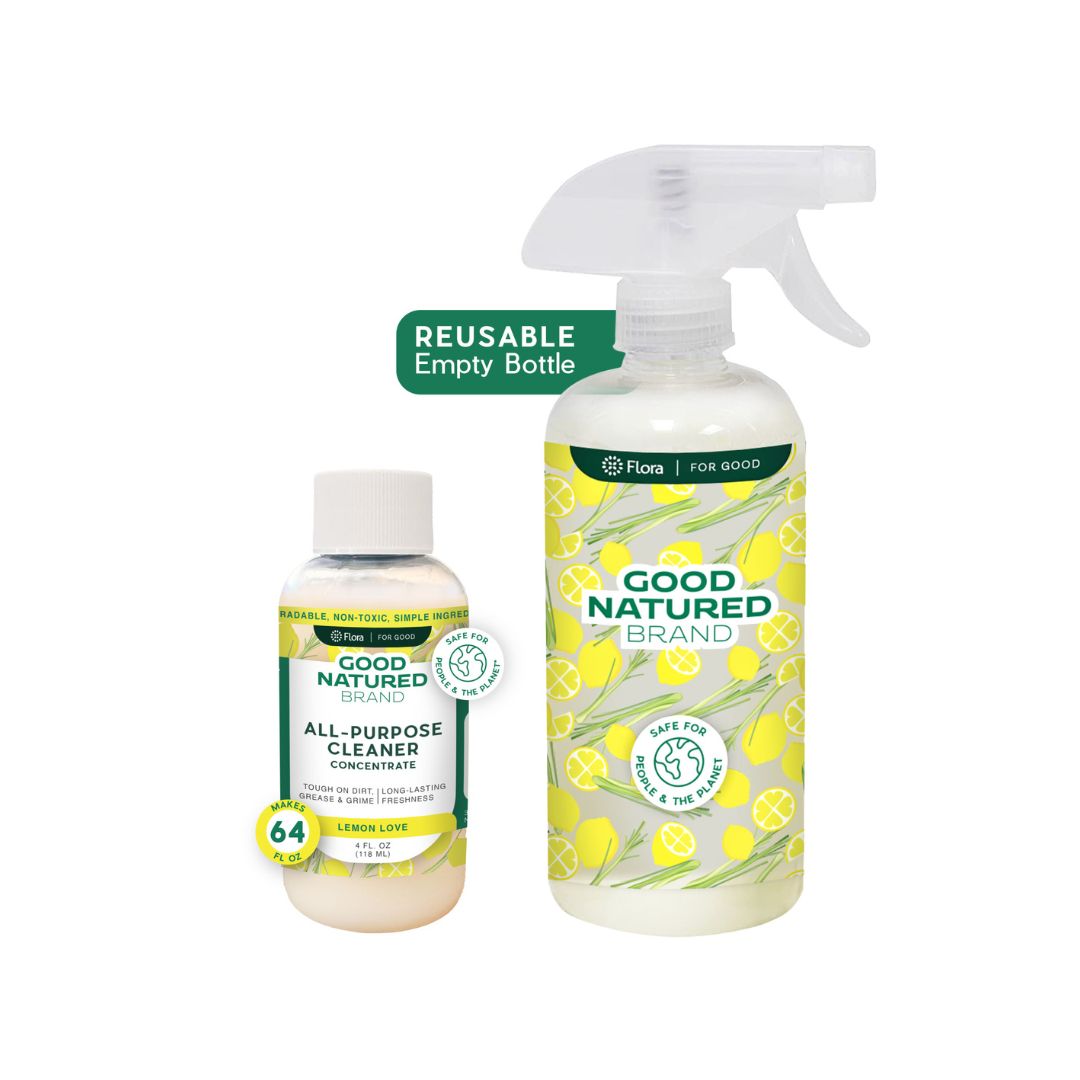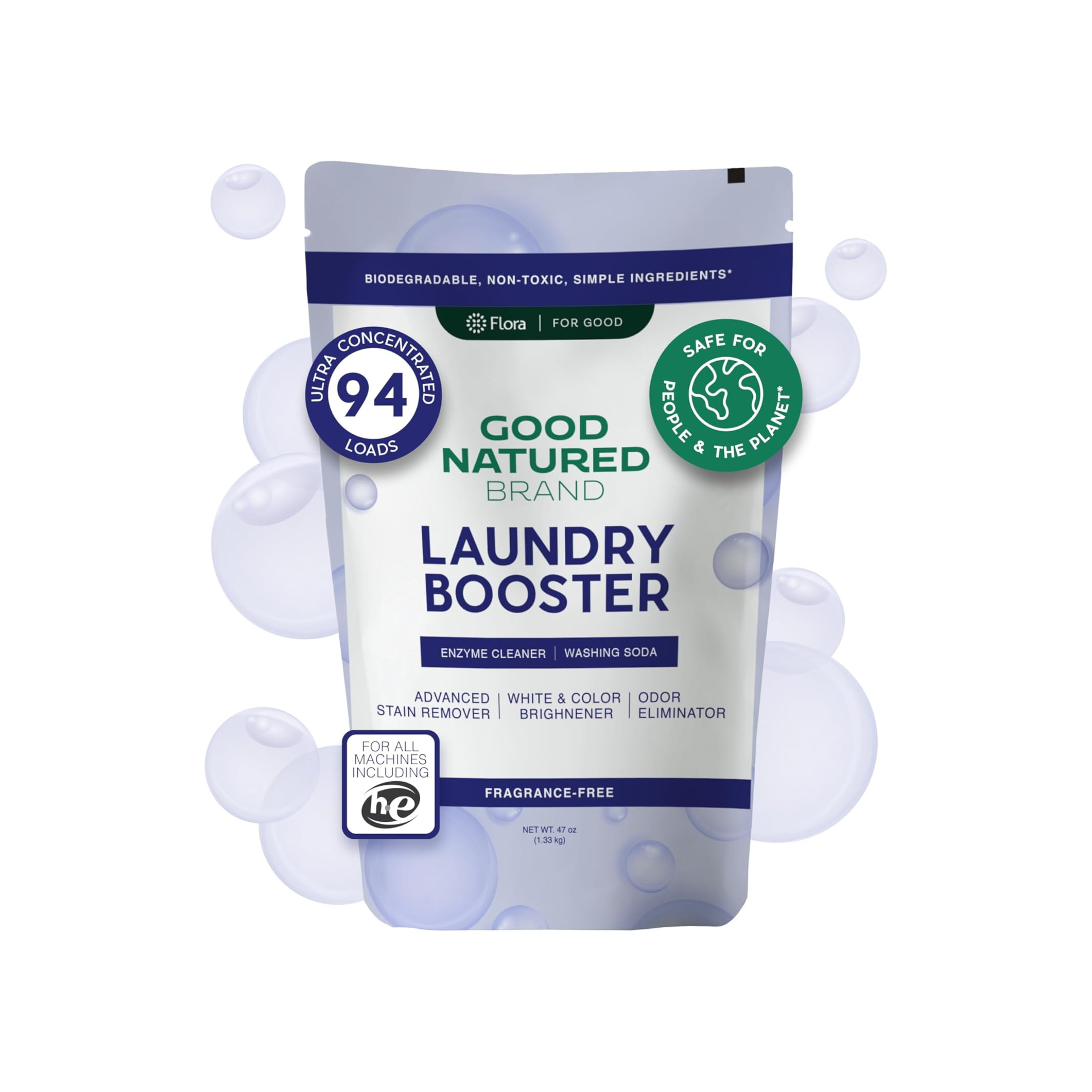As pet owners, one of our top priorities is keeping our furry friends safe and healthy. Fleas and ticks can pose serious health risks to dogs, causing discomfort and potentially transmitting diseases. While there are many commercial products available, some pet owners prefer to use natural remedies to protect their pets from these pests. In this blog, we will explore effective DIY natural flea and tick repellents for dogs, the benefits of going natural, and the essential ingredients you can use.
Understanding Fleas and Ticks
Fleas and ticks are common parasites that can affect dogs and their owners. Understanding these pests is the first step in effective prevention and treatment.
The Impact of Fleas on Dogs
Fleas are tiny, wingless insects that feed on the blood of mammals. A flea infestation can lead to:
-
Skin Irritation: Fleas can cause itching, scratching, and inflammation, leading to skin infections.
-
Allergic Reactions: Some dogs may develop flea allergy dermatitis, which can cause severe itching and discomfort.
-
Anemia: In severe cases, especially in puppies, fleas can cause anemia due to blood loss.
The Dangers of Ticks
Ticks are arachnids that latch onto a host to feed on its blood. They can transmit several serious diseases, including:
-
Lyme Disease: Caused by a bacterium transmitted through tick bites, Lyme disease can lead to joint pain, fever, and fatigue.
-
Rocky Mountain Spotted Fever: This disease can cause fever, rash, and can be life-threatening if not treated promptly.
-
Anaplasmosis: This tick-borne illness can cause symptoms like fever, lethargy, and loss of appetite.
Why Choose Natural Flea and Tick Repellents?
There are several reasons pet owners opt for natural repellents:
Safety for Pets and Humans
Natural ingredients often have fewer side effects than synthetic chemicals found in many commercial flea and tick treatments. This is particularly important for households with children or other pets that may be sensitive to harsh chemicals.
Environmental Considerations
Using natural flea and tick repellents can reduce the environmental impact associated with chemical pest control. Many commercial products can contribute to pollution and harm wildlife.
Cost-Effectiveness
DIY natural solutions can often be made at home for a fraction of the cost of commercial products. This makes them an appealing option for pet owners looking to save money while still providing effective protection.
Common Natural Ingredients for Flea and Tick Repellents
Creating your own flea and tick repellent can be simple and rewarding. Here are some effective natural ingredients to consider:
Essential Oils
Certain essential oils are known for their pest-repelling properties. Some of the most effective include:
-
Lavender Oil: Not only does it have a pleasant scent, but it is also effective in repelling fleas and ticks.
-
Peppermint Oil: This oil has a strong aroma that can deter pests.
-
Cedarwood Oil: Known for its insect-repelling qualities, cedarwood oil can be an excellent choice for a natural repellent.
Herbal Ingredients
In addition to essential oils, various herbs can also be useful:
-
Rosemary: This herb is often used as a natural flea repellent and can be infused into oils or sprays.
-
Garlic: Small amounts of garlic can be added to a dog’s food, as it is known to repel fleas. However, be cautious with the dosage, as too much can be harmful.
DIY Recipes for Natural Flea and Tick Repellents
Creating your own natural flea and tick repellent is not only easy but also allows you to control the ingredients that come into contact with your pet. Here are a few effective recipes you can try at home:
Essential Oil Spray
Ingredients:
-
2 cups of water
-
10 drops of lavender essential oil
-
10 drops of peppermint essential oil
-
10 drops of cedarwood essential oil
-
A spray bottle
Instructions:
-
Combine the water and essential oils in the spray bottle.
-
Shake well to mix the ingredients.
-
Spray directly onto your dog’s coat, avoiding the eyes and nose. Reapply every few days or after bathing.
Herbal Infusion Spray
Ingredients:
-
1 cup of water
-
1 tablespoon of dried rosemary
-
1 tablespoon of dried lavender
-
A small pot
-
A spray bottle
Instructions:
-
Boil the water in a small pot and add the dried herbs.
-
Let it simmer for about 15 minutes, then remove from heat and allow to cool.
-
Strain the mixture into a spray bottle.
-
Once cooled, spray onto your dog's coat as needed.
Garlic and Olive Oil Mix
Ingredients:
-
1 clove of garlic (minced)
-
1 tablespoon of olive oil
Instructions:
-
Mix the minced garlic with olive oil and let it sit for a few hours.
-
Apply a small amount to your dog’s food, ensuring it’s well-mixed. This will help repel fleas from the inside out.
-
Monitor your dog’s reaction to garlic, as too much can be harmful.
How to Apply DIY Natural Flea and Tick Repellents
Proper application of your DIY flea and tick repellents is crucial for their effectiveness. Here are some tips to ensure you're applying them correctly:
Application Techniques
-
Spray Evenly: Make sure to spray evenly across your dog's coat, focusing on areas where pests tend to hide, such as behind the ears, under the collar, and on the belly.
-
Massage In: After spraying, gently massage the solution into your dog’s fur to ensure even coverage.
-
Avoid Sensitive Areas: Be cautious around the face, especially the eyes and nose. You can use a damp cloth with the solution to wipe these areas instead.
Frequency of Application
-
Apply the spray every few days, especially during peak flea and tick seasons or if your dog spends a lot of time outdoors.
-
Reapply after bathing your dog, as the natural oils may wash away.
Monitoring Your Dog's Health
As you transition to using natural flea and tick repellents, it’s essential to monitor your dog’s health closely:
Watch for Adverse Reactions
-
Keep an eye out for any signs of irritation or allergic reactions after applying the repellent. This includes excessive scratching, redness, or swelling.
-
If you notice any adverse reactions, discontinue use and consult your veterinarian for advice.
Regular Health Check-Ups
-
Schedule regular check-ups with your veterinarian to ensure that your dog remains healthy and to discuss any additional preventive measures that may be necessary.
-
Regular grooming can also help you check for fleas and ticks, as well as maintain your dog's coat health.
Conclusion
DIY natural flea and tick repellents offer an effective and safe alternative to commercial products. By utilizing natural ingredients, you can protect your dog from these pests while minimizing chemical exposure. As you create and apply your own repellents, remember to monitor your dog's health and maintain a clean living space.
Stay tuned for more tips on eco-friendly pet care, and explore the range of products at Good Natured Brand to support a healthier lifestyle for both you and your furry friends!



















